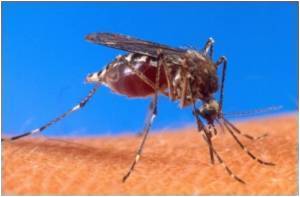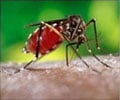A new set of malaria maps show the global patten of the disease, say researchers.

A multinational team of researchers from the Malaria Atlas Project (MAP), funded mainly by the Wellcome Trust, present the results of a two-year effort to assemble all available data worldwide on the risk of Plasmodium falciparum malaria, the most deadly form of the disease.
Using computer modelling and data on climate and human populations, they have revealed the complex landscape of malaria across the globe. The maps build on the first ever Atlas of Malaria-Eliminating Countries published earlier this year.
The maps have been made freely available, along with a wide range of other malaria resources via the launch of a new online portal at www.map.ox.ac.uk.
"These new maps and our online portal are really aimed at everyone involved in the battle against the disease: from the major international organisations and funders, to other scientists, to those actually doing the disease control work on the ground," Dr Pete Gething from the Department of Zoology at the University of Oxford and lead author of the study said.
However, in order to allocate funding where it is most needed, accurate maps detailing where the disease is most intense and where the largest concentrations of people at risk are found.
Advertisement
"What works in one place might not work elsewhere. These maps are designed to help unravel that complexity and provide a practical guide to help target resources."
Advertisement
"From the perspective of elimination, the key message is that malaria transmission is actually very low across large swathes of the endemic world - including the 36 countries currently engaged in elimination programmes," Sir Feachem said.
"Mapping transmission levels in detail helps to guide these initiatives and highlights how, with concerted effort and sustained financing, we can continue to shrink the malaria map," he added.
The study has been published in the Malaria Journal.
Source-ANI











